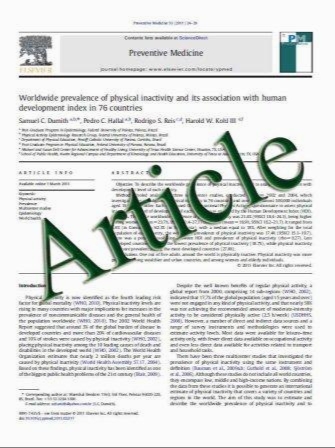Differentiating cerebellar and brainstem lesions with ocular vestibular-evoked myogenic potential test
- نوع فایل : کتاب
- زبان : انگلیسی
- مؤلف : Chia-Hung Su Yi-Ho Young
- چاپ و سال / کشور: 2011
Description
This study applied both ocular vestibularevoked myogenic potential (oVEMP) and cervical VEMP (cVEMP) tests in patients with cerebellar disorders to determine whether VEMP test can differentiate between cerebellar and brainstem lesions. A total of 12 patients with cerebellar disorder, including extended cerebellar lesion (involving the brainstem) in 8 and localized cerebellar lesion (excluding the brainstem) in 4, were enrolled in this study. All patients underwent caloric, visual suppression, and oVEMP and cVEMP tests via bone-conducted vibration stimuli. The abnormal rates for the caloric, visual suppression, and oVEMP and cVEMP tests were 62, 83, 88 and 75% in patients with extended cerebellar lesion and 0, 25, 0 and 0% in those with localized cerebellar lesion, respectively. The rate of abnormal oVEMP results significantly differed between the two groups, but caloric, visual suppression and cVEMP test results did not differ. In another ten healthy subjects, characteristic parameters of oVEMPs obtained under light and dark conditions did not significantly differ. In conclusion, ocular VEMP test can differentiate between cerebellar and brainstem lesions. Abnormal oVEMPs in patients with cerebellar disorder may indicate adjacent brainstem involvement.
Eur Arch Otorhinolaryngol (2011) 268:923–930, Received: 10 August 2010 / Accepted: 7 December 2010 / Published online: 18 December 2010 Springer-Verlag 2010


